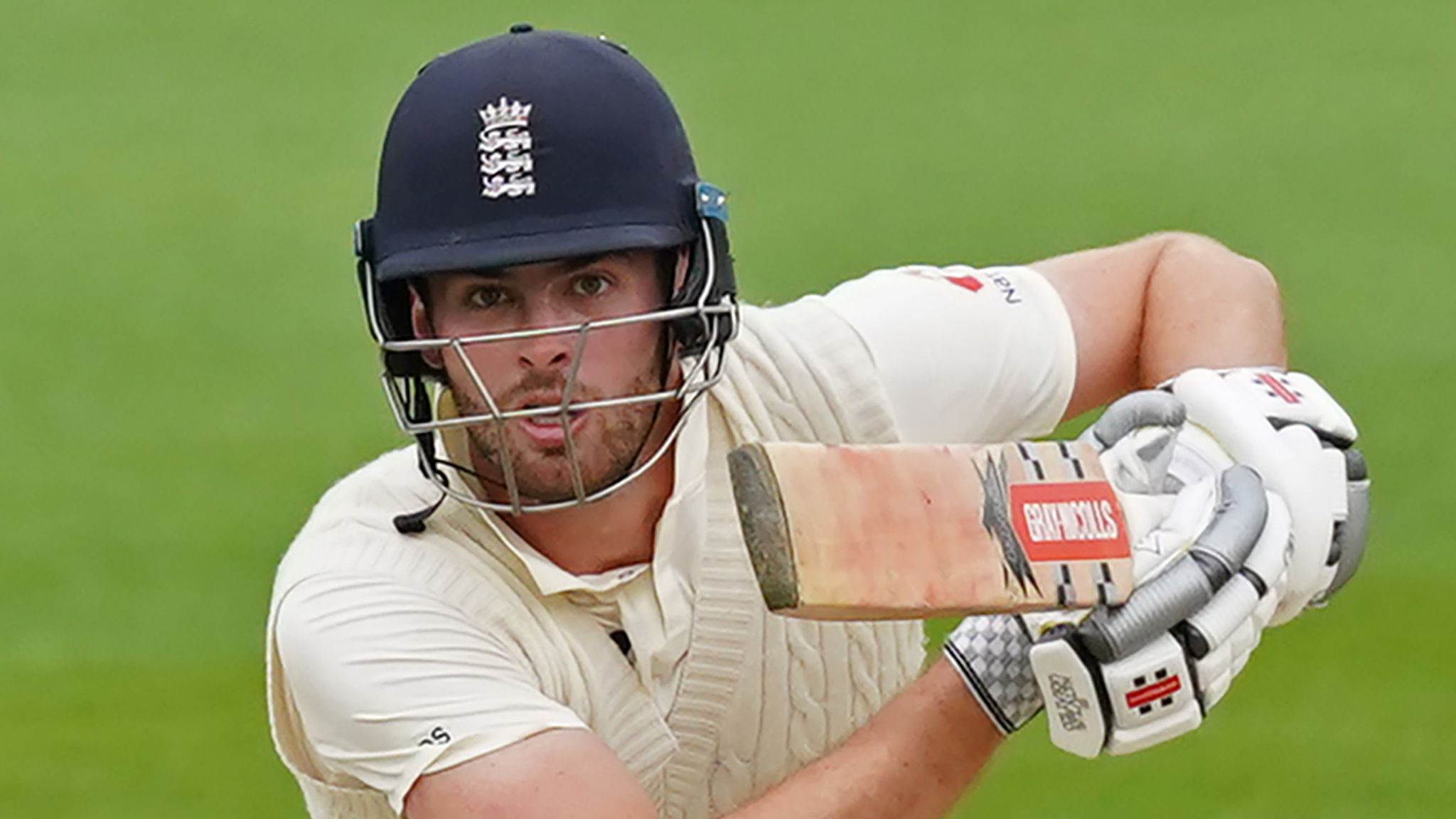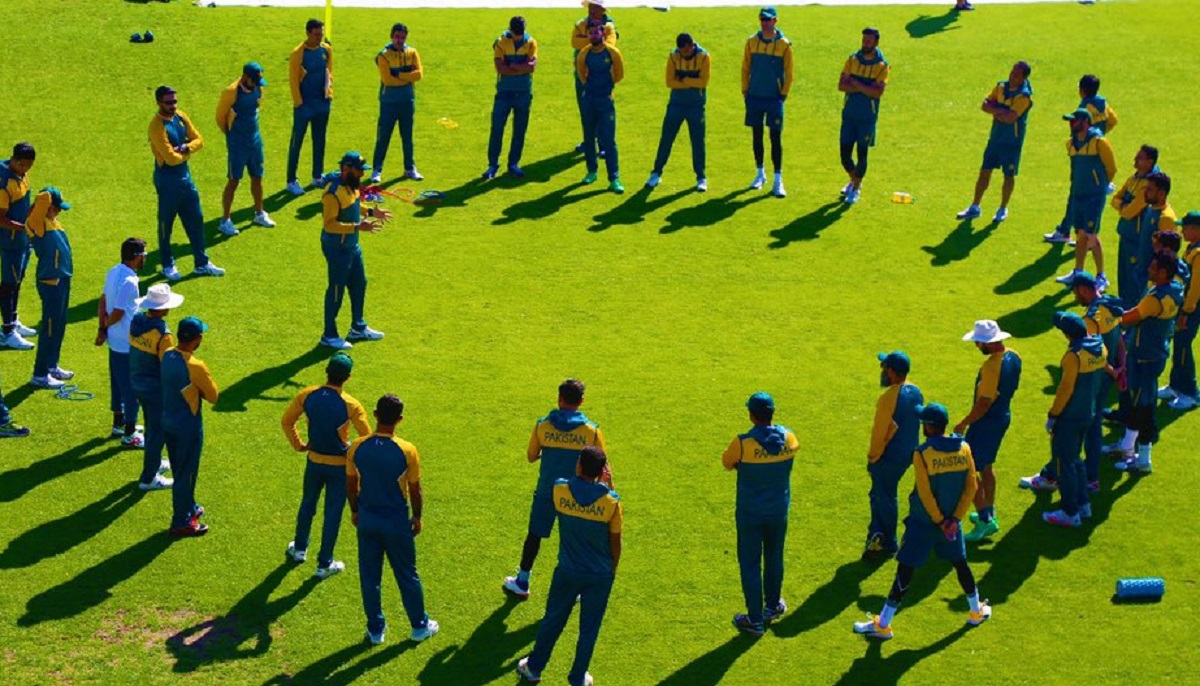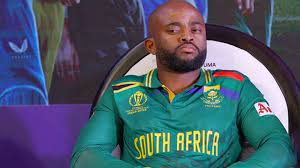The thrill for any cricketing team worth its salt is the thrill of winning anywhere and everywhere. In conditions that are completely alien to them and in conditions that are favourable to them. The great Australian sides under Taylor, Steve Waugh and Ponting prided themselves on winning irrespective of the nature of the pitch. So much so that the host nation was never clear on what sort of pitch would they lay out because Australia had the bases covered. Warne can take advantage of a spinning track whereas McGrath, Gillespie, Flaming, Brett Lee & a whole host of fast bowlers can take care of swinging and bouncing conditions. Their batsmen could score on all grounds. The great West Indian sides under Lloyd and Richards were similar. Their giant fast bowlers never needed any help from the pitch. It leads us to the Newlands pitch and winning on such pitches.
For sometime now, it is the South African pitches and the Indian pitches that are proving to be a bowler’s paradise. In Test cricket specifically. South Africa wants to give their quicks an abundance of assistance to enable them to prevail over their opponents whereas India does the same for their spinners. It shows in the skewed averages of Rabadda, Ashwin and Jadeja. What exactly is a bad pitch for that matter? Is it the one that favours the batsmen that one is bored to death or is it the one that assists bowlers bounce or turn? Conventional wisdom states that an ideal pitch is the one that has assistance for the fast bowlers on day 1 with day 2 and day 3 being good for batting and the final 2 days for the spinners.
Ideal pitch but only in fairytale
Perhaps, it is the ideal scenario but we are not living in such times. Test cricket is losing its value and its appeal. Actually, Test cricket outside of Australia, England and in some grounds in India, is struggling to attract audiences to the ground. The TV pictures from Sri Lanka, Pakistan, West Indies or even New Zealand will be depressing. It is hard to find even 1000 spectators watching the game. In this day and age, people just do not have the temperament to sit through 7 hours a day and for 5 days watching Test cricket. It has become a fast world in which T20 reigns supreme with so many leagues. This is the scenario in which the pitch at Newlands must be looked at.
It is not wrong to prepare such pitches provided they are not dangerous to the batsmen. The hard leather ball coming at the batsmen at 150KMPH could become lethal. A hit to the head can become fatal. Good length balls must not climb upto the head and such pitches must be discouraged but the one at Newlands wasn’t like that. Sure it had more bounce but it wasn’t the lethal sort of bounce. Yes, 1.5 days finish for a Test match is something not appreciated. Perhaps, the pitch could have been a little bit less bouncy and the game lasted for 3 to 3.5 days which is ideal.
The time to shorten is here
Test cricket is desperate for reduced time. 5 days has become too lengthy. The time has come for it to be reduced to 4 days and even that is stretching it a bit. It is time the administrators realise that the format is in the ICU. They will have to stop spreading the game to multiple frontiers because again that will make people lose interest. You do not want to see India against Bahamas or Australia against Papua New Guinea. If in the distant future, these nations are given Test status, just imagine how competitive will it be. It has been close to 30 days and yet, Bangladesh is not Test standard. If the administrators do not listen, it must be done by design. Pitches like these and the ones in India will pave the way for shorter Test cricket.
Rohit has hit the nail on the head
For his part, Rohit Sharma said that he does not mind playing on such surfaces. For sometime now, Indians do not complain about pitches that behaves in the extreme.
“I mean, we saw what happened in this match, how the pitch played and stuff like that,” Rohit said. “I honestly don’t mind playing on pitches like this. As long as everyone keeps their mouth shut in India and don’t talk too much about Indian pitches, honestly.
“Because you come here [in Test cricket] to challenge yourself. Yes, it is dangerous. It is challenging. So, and when people come to India, it is again pretty challenging as well. Look, when you are here to play Test cricket, we talk about Test cricket, the ultimate prize, Test cricket being the pinnacle and stuff like that. I think it’s important that we also stand by it.
Every time India tours South Africa or for that matter England, Australia or New Zealand, the pitches will be spiced up to such an extent that it favours the home side completely. Yes, neither the Indian captain nor the team or for that matter, the fans, have complained about the pitch. Infact, the fans have gone to the other extreme and have often said that Indians must learn to play on such pitches to be acknowledged as the best side in the world.
Wrapping up should Newlands be sentenced?
On the contrary, such pitches, so long as they are not a danger to the batsmen, must be encouraged. So must the pitches in India. Any team that wins on such conditions, can feel proud of themselves because it is that tough.



